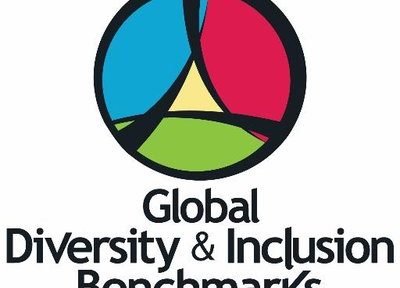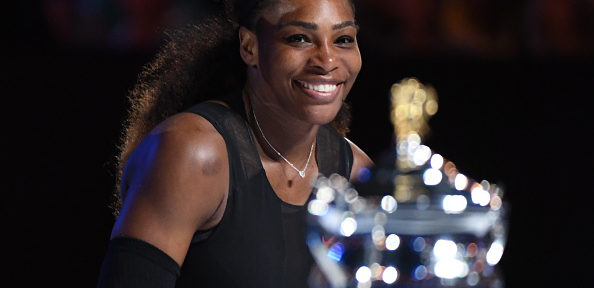How will Australian business leaders respond to the Federal Government’s drive for innovation? How will they help to adapt the economy from one based on resources to one that generates and exploits new ideas, processes and technologies?
Innovation in the modern economy is viewed as a business imperative by almost all. The extent and continuity of idea generation and implementation has become both a source and a measure of competitive advantage. Almost half the executives in a survey by PWC (2014) regarded innovation as a ‘competitive necessity’ and according to Bain’s research, amongst 450 company executives worldwide in 2013 companies in the top quartile for innovation achieved a significantly higher growth rate than other companies.
Much innovation in the modern world is the result of team effort rather than individual inspiration, hence not surprisingly the key to sustained innovation is the creation of a framework for effective collaboration. This collaborative framework requires focus on two streams; firstly, on the systems which are designed to cultivate innovation and secondly on the mental readiness of employees within the organisation to undertake innovation.
With regard to the systemic element, a recent article in Harvard Business Review (‘You need an Innovation Strategy’, June 2015) points out that many corporate attempts to mobilise their organisation to be sustainably innovative have failed. This is because more often than not, measures to advance innovation are designed or implemented haphazardly. What is required, is “a commitment to a set of coherent and reinforcing policies and behaviours aimed at achieving a specific competitive goal”.
With regard to the second prerequisite for sustained innovation, this refers to the appropriate mental readiness of an employee to venture into unchartered innovative territory. The fact of the matter is that when an individual employee is mentally primed for innovation this can actually be scientifically observed. Work in the field by neuroscientist, Janet Crawford et al shows that the prefrontal cortex area of the brain is where innovative thought has its genesis. Neuroscientists can observe electrical changes in the brain reflecting feelings of being either secure or being threatened. Where an individual feels threatened the tendency is to retreat into habitual responses and avoid any element of risk, but where he or she feels secure then the individual will be prepared to venture into new experimental territory.
Symmetra’ whilst delivering workshops on Leveraging Diversity of Thought for Innovation with large numbers of leaders across the Asia-Pacific region has researched whether individuals are mentally primed for innovation. Our research reveals three critical cultural factors that contribute to that readiness- these are the existence of an entrepreneurial frame, psychological safety and inclusion in the culture of the organisation.
Our focus in this article is on embedding sufficient psychological safety- what are the necessary cognitive or behavioural elements? Creative and innovative outcomes in the workplace arise from a complex interaction between the individual and others at various levels of the organisation. If these interactions lead to feelings of well-being, high self-esteem and motivation, the individual will become more inclined to stretch him-or herself, to expend discretionary effort and to become creative or innovative.
Extensive research has established that when employees perceive that they are psychologically safe they become more engaged with their actual role and inspired to extend their imagination to activities outside their prescribed role.
Amy Edmonson, probably the best known researcher on psychological safety has written: “Psychological safety describes perceptions of the consequences of taking interpersonal risks in a particular context. It facilitates the willing contribution of ideas and actions to a shared enterprise”.
Ultimately it is the direct manager or supervisor of an employee whose actions will have a major impact on creating or undermining feelings of psychological safety. Amy lists eight leadership behaviours which, if present, will create a climate of psychological safety; namely; being accessible and approachable, acknowledging the limits of your current knowledge, being willing to display fallibility, inviting participation, highlighting failures as learning opportunities, using direct language, setting boundaries, and holding people accountable for transgressions.
Symmetra has gauged the existing level of psychological safety in a range of Australian and Asia Pacific organisations over the course of 2015 by auditing the experiences of 1,264 middle and senior managers who were participating in the Leveraging Diversity of Thought for Innovation workshops. These leaders are working in the professional service, financial, property, legal, research and resources sectors.
The graph below shows the current reality : namely that as few as just over a third (37%) of these leaders consider there to be sufficient levels of psychological safety in their teams to encourage challenging each other and the status quo. In many of these organisations there is an actual overt commitment to establishing a speak up culture , but the data indicates they have not been successful in embedding such a culture. What this reflects is a huge opportunity cost for such organisations who have worked so hard to attract and retain the best intellectual capital but are not creating sufficient psychological safety to allow that diversity of thought expression.
To lay the appropriate foundations for sustained innovation, there is a clear need for leaders to build their skills to embed psychological safety, to cultivate a culture where everyone feels safe to question, challenge, take reasonable risks and not be punished for failure. This is a fundamental prerequisite for maximising innovation and achieving the outcomes needed for Australia to meet the Federal Government’s call for innovation.


 What happens when diverse and inclusive organisations decide on mandatory vaccinations for their workplace?
What happens when diverse and inclusive organisations decide on mandatory vaccinations for their workplace?















